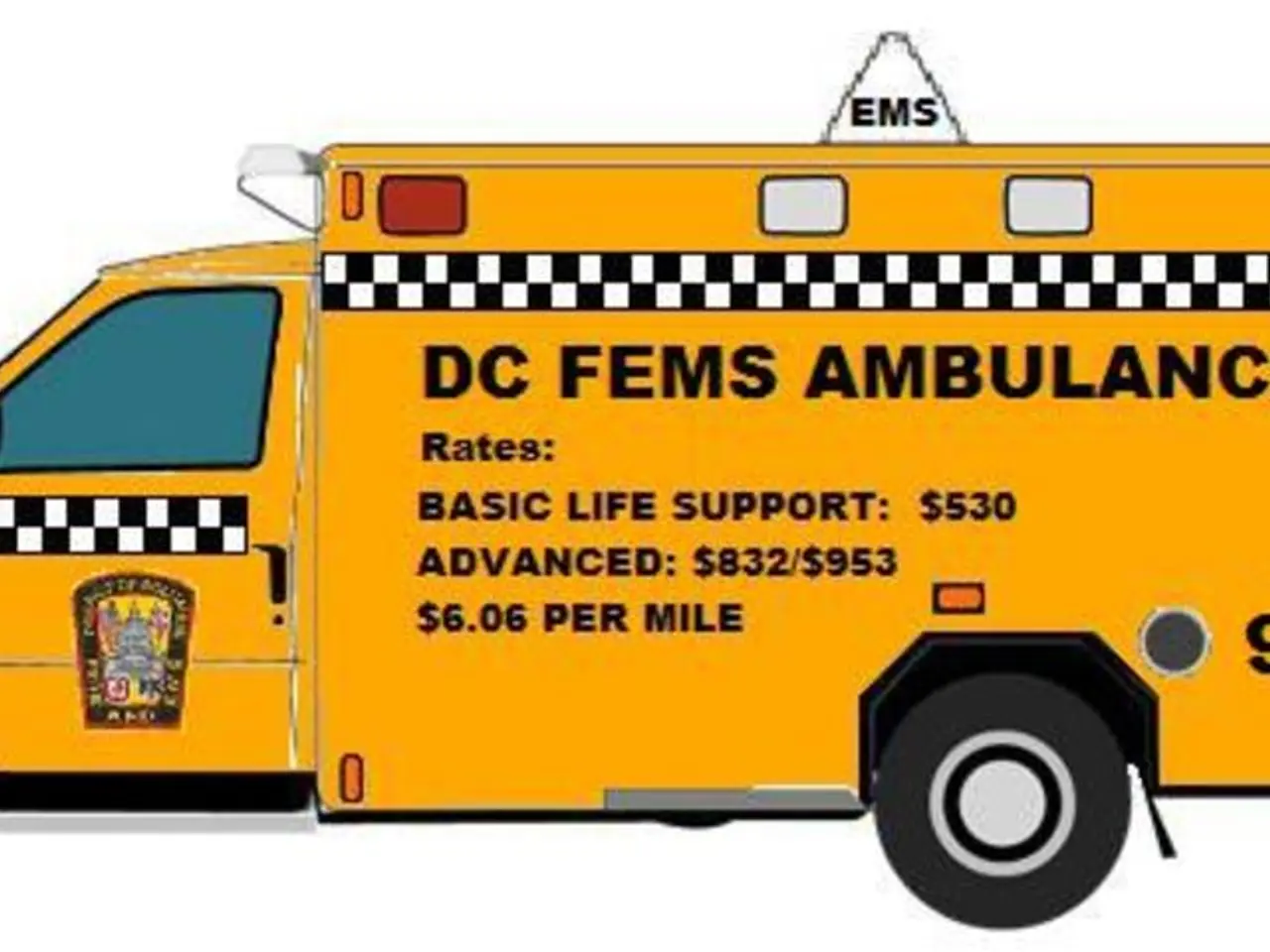Reviving: Emergency Responders Estimated to Save 10,000 Lives Annually
In a bid to enhance survival rates for cardiac arrest victims, experts are pushing for the creation and funding of apps that notify qualified first responders during emergencies. This initiative is part of a holistic approach to boost public confidence in administering CPR and first aid, as outlined in a recent study conducted by the ADAC Foundation in Munich.
The study reveals alarming statistics. Around 136,000 individuals experience a sudden cardiac arrest annually in Germany, with nearly 70,000 being revived outside of a clinic last year. However, only about eleven percent of those who experience a cardiac arrest outside of clinics survive. This underscores the importance of prompt first aid in such situations.
One of the key findings of the study is the lack of trust among 37% of the population in their ability to provide assistance in an emergency. Furthermore, three-quarters of the population feel uncertain about operating a defibrillator, and 75% do not have up-to-date CPR knowledge. These factors contribute to the ineffective implementation of telephone CPR and the inconsistent use of defibrillators.
To tackle these issues, the study proposes several measures. These include making CPR training compulsory in schools, providing incentives for regular training offers for adults, and establishing and funding apps that alert qualified first responders in emergencies. The study also suggests the implementation of a national registry to record the locations of defibrillators and distribute them as needed.
Currently, only the federal state of North Rhine-Westphalia (NRW) in Germany has made CPR training compulsory for all secondary school students starting from the 2026/27 school year. The states of Hesse and Saarland are the only ones where CPR training is compulsory for the general population.
The study indicates a need for increasing public confidence in performing CPR to improve the survival rate of cardiac arrest victims. On average, emergency services take seven minutes to arrive, and even longer in rural areas, in addition to the time for the emergency call. This highlights the crucial role bystanders can play in saving lives.
Christina Tillmann, the chairwoman of the ADAC Foundation, emphasizes the goal of creating a 'culture of resuscitation'. However, the study also points out that defibrillators are distributed haphazardly and their locations are not centrally recorded. First responder apps cover only half of Germany, with inconsistent funding and technical standards.
The ADAC Foundation's study suggests that up to 10,000 lives could be saved annually in Germany if bystanders administered first aid promptly in case of a cardiac arrest. Encouragingly, 9% of laypeople surveyed said they had performed CPR at least once in their lives.
In conclusion, the study underscores the need for a comprehensive approach to improve survival rates in cardiac arrest cases. This includes increasing public confidence, improving access to defibrillators, and promoting the training of first responders. The ultimate goal is to create a 'culture of resuscitation' where everyone feels equipped and empowered to help in an emergency.
Read also:
- County Hall's grand display pays tribute to compassionate family members - County administration lauds loving relatives
- Grains of contemporary wheat now offer fewer essential nutrients
- Uncovered: The First Genetic Analysis of Sweet Potatoes Reveals They Originated as Hybrid Species with a Perplexing History and Six Sets of Chromosomes
- Experience the Variety of Wellness Offered by Jasmine Tea




